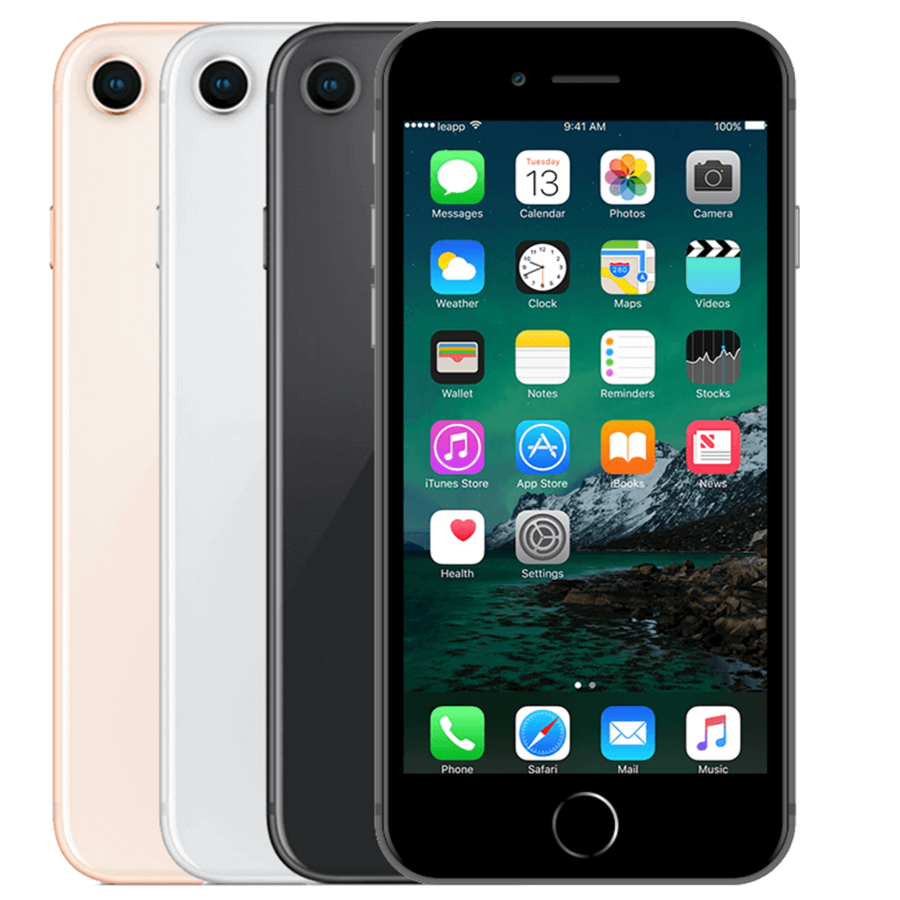Setting up voicemail: easier than you think
Your new iPhone lies before you. Glossy screen, fast processor, everything works perfectly. Until you miss an important call. And another. You realize: voicemail isn't activated yet. Panic? A quick Google search yields twenty different manuals. All complicated, with technical jargon and endless steps.
But here's the secret: setting up voicemail on your iPhone is actually ridiculously simple . Three minutes, that's all. No technical knowledge required, no help from that cousin who's "good with computers." Just three basic steps even your grandma can follow.
Whether you bought a refurbished iPhone or the latest model from the store, the process remains the same. In fact, if you have the right accessories to ensure your voicemail message is clearly heard, it will instantly become professional.
Useful links:
- View iPhone accessories for optimal sound quality
- Discover refurbished iPhones with voicemail functionality
- Find the right Apple products for business use
The Basics: What Exactly is Voicemail?
Voicemail on your iPhone works like a digital answering machine. If you can't answer a call, callers can leave a message. The difference from traditional answering machines? Your messages are stored directly on your phone. No cassette tapes, no separate devices. Everything is handled by your carrier and synced with your device.
The beauty of visual voicemail—standard on every iPhone—is that you can see messages before you listen to them. Just like email. You see who called, when exactly, and how long the message is. Handy for prioritizing.
Activating Voicemail: The Complete Guide
Step 1: Check your provider settings
Before you start, check if your provider supports voicemail. Dutch providers like KPN, Vodafone, and T-Mobile include it as standard in their plans. Prepaid? Then you might need to activate it separately through customer service.
Open the phone app and tap "Voicemail" in the bottom right corner. Do you see "Set up now"? Perfect, you can get started right away. If it says "Call voicemail," you'll need to contact your provider first.
Step 2: Create a secure PIN code
Your iPhone requires a four- to six-digit PIN. This code protects your messages from prying eyes. Choose something easy to remember, but avoid obvious combinations like 0000 or 1234.
Tip: Use a date that's important to you, but not your birthday. That's too easy to guess. Think of the day you got your driver's license or your first day at work.
Step 3: Record your personal message
The standard message sounds robotic and impersonal. Therefore, always record your own message. Press "custom" and then "record." You have a maximum of three minutes, but keep it short. Fifteen to twenty seconds is ideal.
Speak calmly and clearly. Begin with your name, indicate you're unavailable, and ask to leave a message. Done? Listen back by pressing "play" and save it by pressing "save."
Different voicemail messages for different situations
For personal use
"Hello, this is [name's] voicemail. I can't answer right now. Please leave a message after the beep and I'll call you back."
Short, friendly, and to the point. No unnecessary information, no long stories.
For business use
"Hello, you have [name]'s voicemail at [company]. I'm currently unavailable. Please leave your name, phone number, and the reason for your call. I'll get back to you within one business day."
Be professional but not stiff. Provide a realistic callback time and keep that promise.
During vacation
"Hello, this is [name]. I'm on vacation until [date]. For urgent matters, please contact [colleague] at [number]. Otherwise, I'll contact you after my vacation."
Clear information about your absence and an alternative point of contact.
Manage voicemail messages like a pro
Your voicemail is on, but how do you manage all those messages effectively? The voicemail tab in your phone app displays all messages chronologically, with the most recent at the top. A blue dot means unheard.
Swipe left to delete a message. Tap the info icon to add the number to contacts or call it back immediately. Want to save an important message? Share it via messages or email it to yourself.
The transcription feature (from iOS 10) converts spoken messages into text. It's not always perfect, especially with background noise or dialects, but it's handy for a quick scan.
Troubleshooting common problems
Voicemail not working
First, check your mobile data or Wi-Fi connection. Visual voicemail requires an internet connection. No connection? You can still listen to your voicemail by calling your own number and pressing * during your message.
Messages are not arriving
Sometimes your voicemail box fills up. Delete old messages regularly. By default, you can store a maximum of forty messages. Also, check if your phone has enough storage space.
Forgotten PIN code
Don't panic. Call your provider. They can reset your PIN. Need a new one? Go to Settings > Phone > Change voicemail password.
Additional tips for optimal use
Update your message regularly. This is especially important for business. Refer to holidays, vacations, or changes to work hours. Nothing is more annoying than a Christmas message in March.
Use the "Do Not Disturb" feature wisely. Set exceptions for important contacts. This way, you'll never miss critical calls, but you won't be interrupted by telemarketing calls.
Consider different messages for different times. Some providers support this. Business during the day, personal in the evening. Check the options with your provider.
The future of voicemail
Voicemail is evolving. Apple is experimenting with live voicemail in iOS 17, where you can see what someone is saying in real time. Like answering machines of the past, but digital. You can still record while recording.
More and more companies are switching to unified communications. Voicemail, email, and chat are all integrated into a single system. For the average user, traditional voicemail will remain the standard for the foreseeable future.
Whatever your device—a brand-new iPhone 15 or a refurbished iPhone 12—voicemail functionality remains largely the same. The interface may differ slightly between iOS versions, but the basic steps remain the same.
With this guide, you'll be fully equipped to set up and manage your voicemail professionally. No more missed messages, no more awkward situations. Just effective communication, the way it should be.
Ready in three minutes
So, setting up voicemail on your iPhone is n't rocket science . Three minutes, three steps, done. Whether you just got a new phone or finally want to tackle those missed calls, you now have all the knowledge you need.
It doesn't matter whether you choose the latest model or a reliable refurbished version . The functionality remains the same, as do the steps. No technical knowledge required, no help from others. Just do it.
From now on, you can relax and leave your phone behind, knowing that important messages will be neatly received .






























